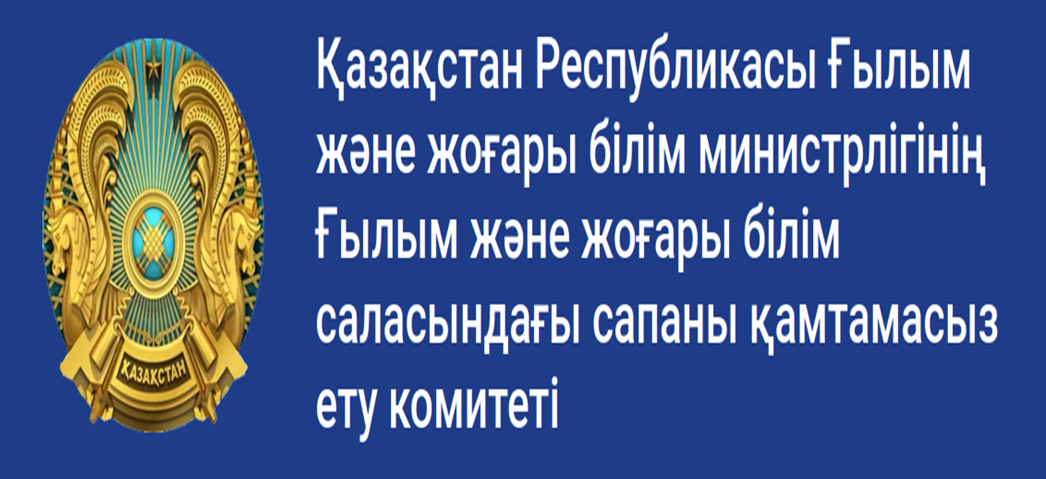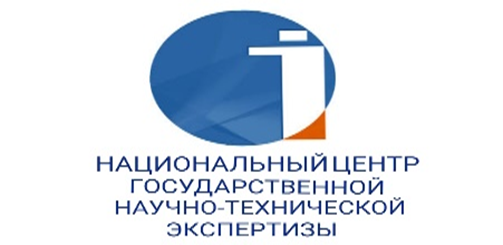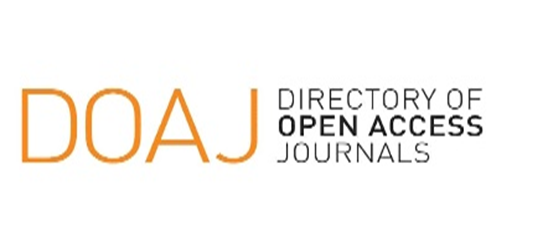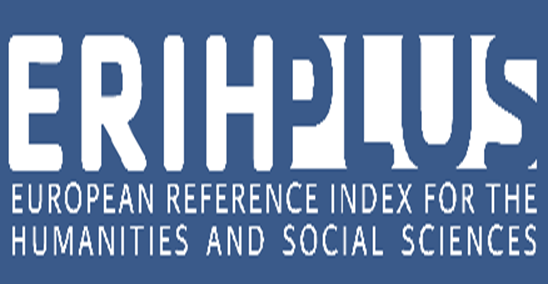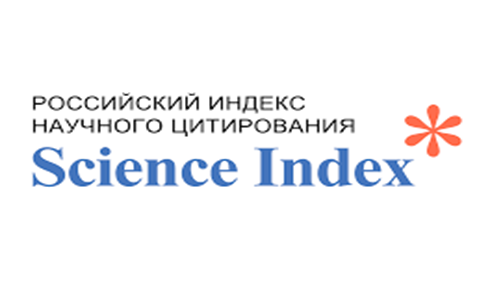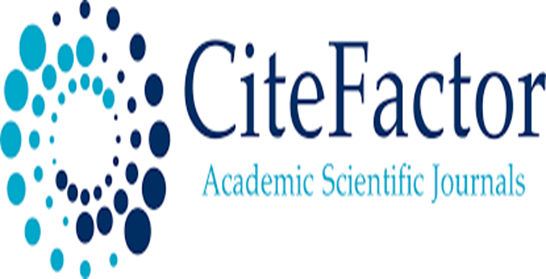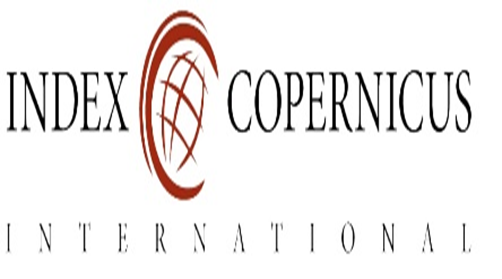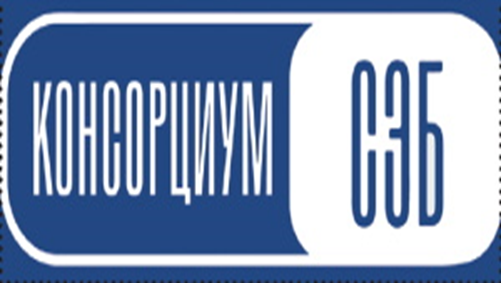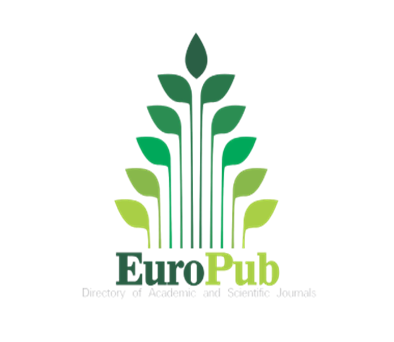Manuscript review and publication process
Paper review and publication process in the “Turkic Studies Journal” is conducted by an algorithm that regulates the scope of publication.
Manuscripts for Turkic Studies Journal should be submitted online at the journal’s website. To submit a manuscript Author(s) should register and log in to the submission website. Before submitting Author(s) are requested to prepare their manuscripts according to the submission guidelines, which can be found on the journal’s website. All submitted manuscripts received by the Editorial Office go through four stages of check and review processes required for the publication of the manuscript in the Turkic Studies Journal.
Plagiarism
Plagiarism includes copying text, ideas, images, or data from another source, even from your own publications, without giving any credit to the original source.
All submitted manuscripts are checked for plagiarism using the checking software "Anti-Plagiarism University" system. The percentage of the originality of the manuscript should be above 80-85%.
Manuscripts with the originality percentage below 80-85% are rejected. In this case, the editorial board has the right to reject the manuscript without further consideration.
Manuscript preparation
Editors check the manuscript to determine whether they are properly prepared and whether they follow the journal instructions. Authors are encouraged to ensure the following requirements:
- the right IRSTI code (International Rubricator of Scientific and Technical Information) within the scope of the subject areas of the journal (history, culture and philology);
- the manuscript should fit the scope of the journal;
- an abstract and keywords to accompany the manuscripts in the required length and languages of the journal;
- research manuscript sections in accordance with the journal guidelines (introduction, materials and research methods, the degree of study of the topic, analysis, conclusions and conclusions);
- referencing and citation style according to the journal requirements;
- reference list formatted according to the journal requirements;
- accuracy of information about the author(s).
The regulations on the requirements for manuscript formatting are given in the heading "For authors" (under the item: "Guidelines for authors") on the website and are published in each issue of the paper version of the Turkic Studies Journal.
Manuscripts that do not fit the journal's ethics policy or do not meet the standards of the journal will be rejected before peer-review. Manuscripts that are not properly prepared will be returned to the authors for revision and resubmission. Manuscripts that meet the structural and technical requirements of the journal are subject to peer review.
Manuscript review process
Reviewers are appointed by the editorial board in accordance with the topic of the manuscript, and the technical side of the review is carried out in an online format. The editorial board sends the reviewer a letter specifying the topic, keywords and abstract of the article. After obtaining the consent for the examination, the reviewer's personal account opens access to the full text of the article, which does not contain information about the author (s), or any other information identifying the authorship.
Manuscripts in the Turkic Studies Journal go through double blind review, which means anonymity of the author(s) to reviewers and anonymity of reviewers to authors. Each manuscript is reviewed by two reviewers within one month (see the ethical status of the reviewer under the heading "Publication Ethics").
Upon completion of the review, the reviewer uploads the review file in his personal account, choosing one of the system recommendations: 1) accept for publication; 2) revision is required; 3) send it for review again; 4) submit to another journal; 5) reject the manuscript.
The editorial board sends the results of the review to the author(s) as anonymous examination texts. The author(s), reacting to the comments of reviewers, revise the manuscript according to the comments. With two "positive" reviews, the manuscript is sent to the editorial board for making a final decision. If the opinions of the reviewers differ – one "positive", the other "negative" decision, the manuscript can be sent either to a third reviewer, or the decision on publication is made by the editor-in-chief together with the editorial board of the journal.
Editorial Decision
The decision of the manuscript for publication in the journal is made in accordance with the journal requirements; positive review decision and decision of members of the editorial board and the editor-in-chief. After the review decision, the author(s) are reported about the acceptance/rejection of the manuscript for publication.

